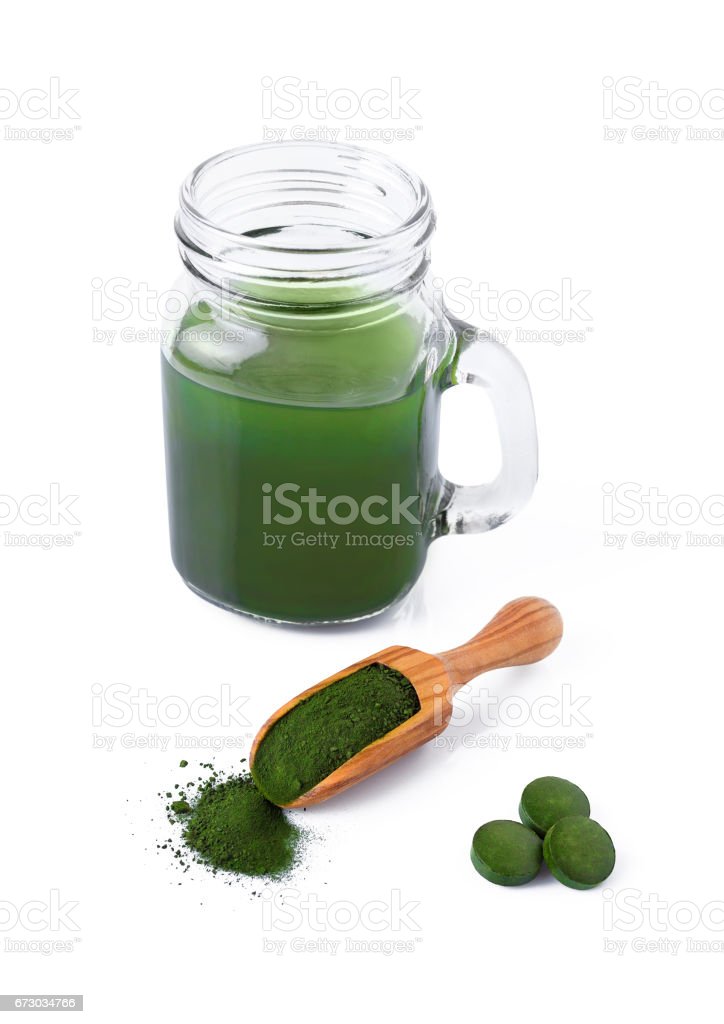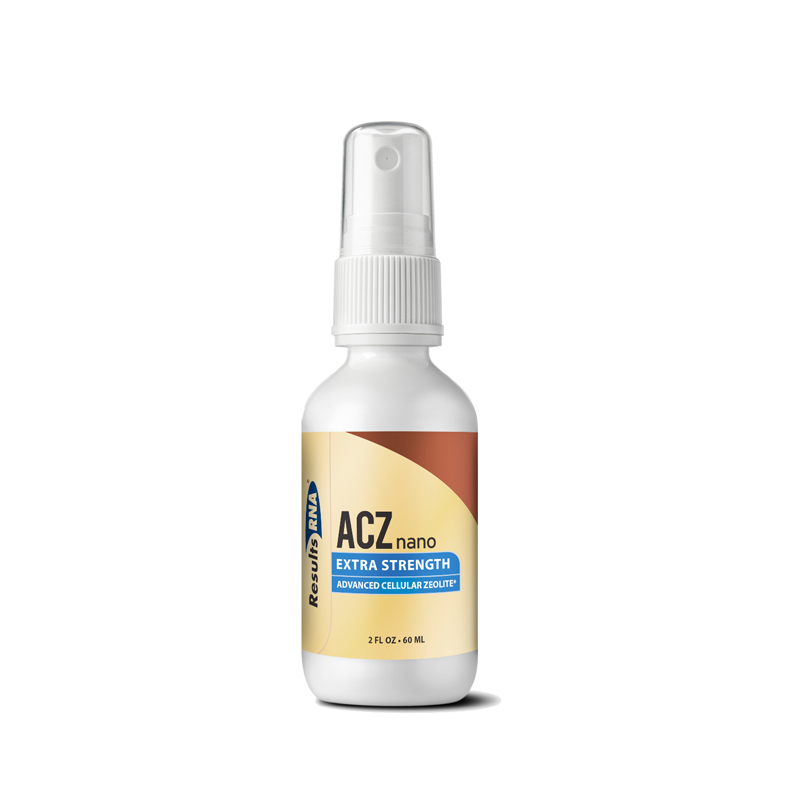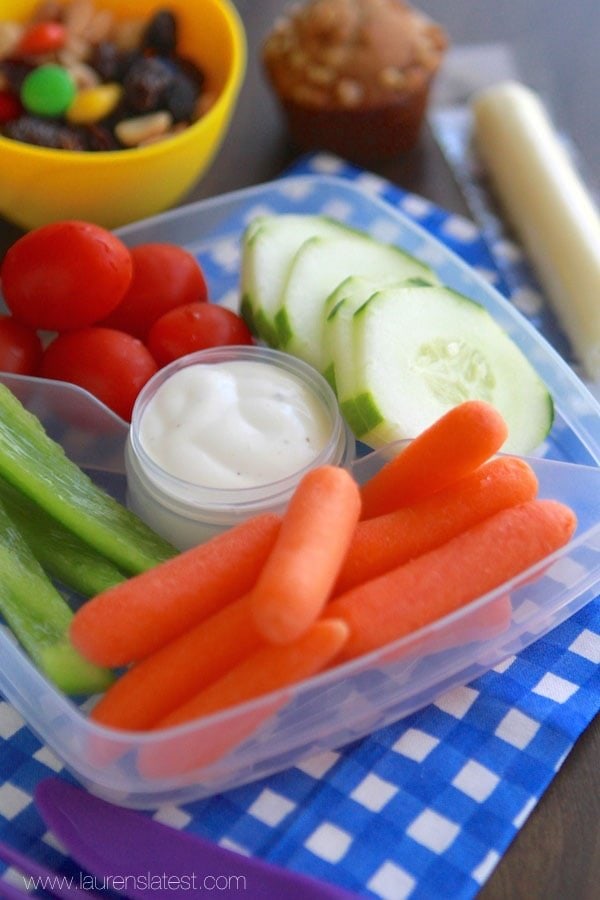
You have probably heard the phrase "calories" more than a million different times. But what exactly does the meaning of calories mean? They're basically the units of energy, heat, and water that are used by the human body. Different foods have different amounts and different types calories.
All calories have some nutritional value. However, there are some foods that are better for you than others. The good ones are high in protein, healthy fats, complex carbohydrates, and lean proteins. Bad calories are low in nutrients and can be found as refined foods, processed foods and artificial ingredients. These foods are not healthy for the body and can lead long-term health problems such as headaches, acne, and even dental distress. They can also negatively impact hormones, weight gain, premature death, and other aspects of your body.
There is an alternative. People who limit their intake of sugars and fats should still eat a variety. A balanced diet has both calories and fats, contrary to popular belief. It can help you lose weight by eating healthy food. It's also important to make room for the less healthy ones. A 1000-calorie diet is the best way to lose weight and reach your fitness goals. However, it is better to eat more high-calorie foods than less healthy ones.
There is no "good" calorie. It's all about moderation and genetic susceptibility. All calories can be used to lose weight. Not only do we need calories, but also to lose fat. It is important to decrease your calorie intake. It's better to eat high-calorie foods than low-calorie ones.
In addition to calories, you should also look at food composition and whether they are good or bad for you. The amount of nutrients that each calorie provides is what will determine if it is a good or bad calorie. A soda contains 100 calories, while a cup of milk contains more than 100 calories. A cup of shredded lettuce contains less than ten calories, while a can of soda has about 200. It is important to understand the differences between these calories in order to lose weight.

Certain foods can have more than 225 calories per 100g. However, it is important to eat them sparingly. Many high-calorie foods like oily seafood are valuable sources to nutrients. Avocados are another high-calorie food. Avoid white fish and poultry. Moreover, avoiding high-calorie food should not prevent you from losing weight. It is important to remember the other factors that influence diets, such as the food's calories.
One unit of energy is called a calorie. A calorie consists of four hundred calories. A food can contain as much as three hundred calories. This means that the food should be high-calorie. A 3,000-calorie diet should be low-calorie if you are looking for a way to lose weight. If you're trying to lose weight, a calorie-free diet is the best option.
A calorie is the energy required to raise a gram of water by one degree Celsius. But it doesn't matter if you're counting calories in grams or kilocalories. To stay healthy and lose weight you should consume more than 1000 calories per day. That's not so much of a problem if you're not counting them. However, you shouldn't count calorie-free food the same as junk food.

A calorie is energy. It can either be small or large. This is a good thing as your body needs calories to fuel itself. However, your body does not store calories. Instead, it stores them in fat. Eat more healthy food if you are looking to lose weight. Your body will only function properly if you eat certain foods.
FAQ
What Are the Requirements To Be a Chef?
A bachelor's degree in culinary art is necessary to become a professional chef. A number of ACF tests will be required. After you have completed all requirements, you will receive a certificate confirming your qualifications.
Do I need to go to culinary school to be a chef?
No. Many chefs started their careers by learning on their own. Some even went to culinary school just to gain experience. But most chefs prefer culinary school as it offers them more opportunities for learning and growth. Culinary schools offer students hands-on training, which helps them build valuable skills and improve their cooking knowledge.
How Can I Get Hired As a Cook?
Word of mouth can help you get a job as an experienced cook. A friend or family member might know of an open restaurant that is in desperate need of staff. Restaurants often post openings on websites and bulletin boards.
What should a beginner cook first?
Start cooking something simple, such as pasta, rice, soup. If you want to learn how to cook, go for a recipe book or YouTube video. Cooking can be fun when done with a partner. Try cooking together as a family, or have friends share the experience.
How long does it take for you to learn to cook? How much time do I need?
It depends on the skill level. Some people are able to learn basic cooking skills in a matter of days. Others might take months or years before they feel confident enough to teach themselves how to cook.
The person who is learning to cook can vary in the amount of time they need. One example is that someone who has never tried cooking before would likely take more time to learn than someone who cooks often. Certain types of cooking require more skill than others. For instance, baking requires more knowledge than frying.
If you want to learn how quickly you can cook, you should focus on learning a specific technique. After mastering one technique, you can move on to the next. You shouldn't stress about how long it takes to learn how cook. Keep practicing and enjoying the process.
Statistics
- According to the BLS, chefs earn $58,740 a year. (learnhowtobecome.org)
- The median pay for a chef or head cook is $53,380 per year or $25.66/hour, according to the U.S. Bureau of Labor Statistics (BLS). (learnhowtobecome.org)
- under 10 Kids have been taught that there is special food just for them, and Fiese says that 10 percent of kids will throw a tantrum if they don't get the food they want. (washingtonpost.com)
External Links
How To
How to make an omelet that is perfect
Omelets have always been a favourite food to eat for breakfast. How can you make them perfectly? I have tried many different recipes and methods, but none of them work. So I am sharing some tips and tricks today to help you make fluffy, delicious omelets every morning.
Before we start making omelets, let's remember that eggs are temperamental. It is important that eggs are fresh from an organic market and kept cool until used. The yolks and whites will not form properly if they aren't kept cold enough. This makes your omelets look weirdly colored. If you want to make omelets right away, it's best not to use eggs that are too cold.
Another tip is to separate each egg before adding them to the saucepan. The yolk and white should not be mixed together as this can cause the omelet's curdle.
The bottom part of an egg that is added directly to the stovetop might be burned, which could cause a ruined texture in your omelet. Instead, heat the egg for 10 seconds in the microwave before placing it in the pan. The microwave heat will cook the egg just right without making it too hot.
Next, let’s talk about mixing the egg. When mixing eggs, it is important to thoroughly beat them. You need to turn the bowl of the mixer upside down. Then, vigorously shake the bowl. By doing this, the egg is thoroughly mixed with the air in the bowl.
Now comes the fun part - pouring the milk into the mixture. The first step is to pour half of the milk in the beaten eggs. Next, fold the eggs into the remaining milk. You don't need to worry if streaks remain. They will disappear once you flip your omelet.
After folding the eggs, place the pan on medium heat and wait for the oil to start sizzling. Once the oil begins to heat, add 1/4 cup butter and swirl the pan to coat it. Next, carefully open the lid and sprinkle salt into your pan. Salt will prevent the omelet sticking to the pan.
Cover the pan once you have formed the omelet. Wait for the top to set. Use a spatula to flip the omelet or turn the pan upside-down. Cook the other half for another minute. Serve immediately after removing the omelet from its pan.
This recipe is best made with whole milk. However, it can also be used with skimmed milk.